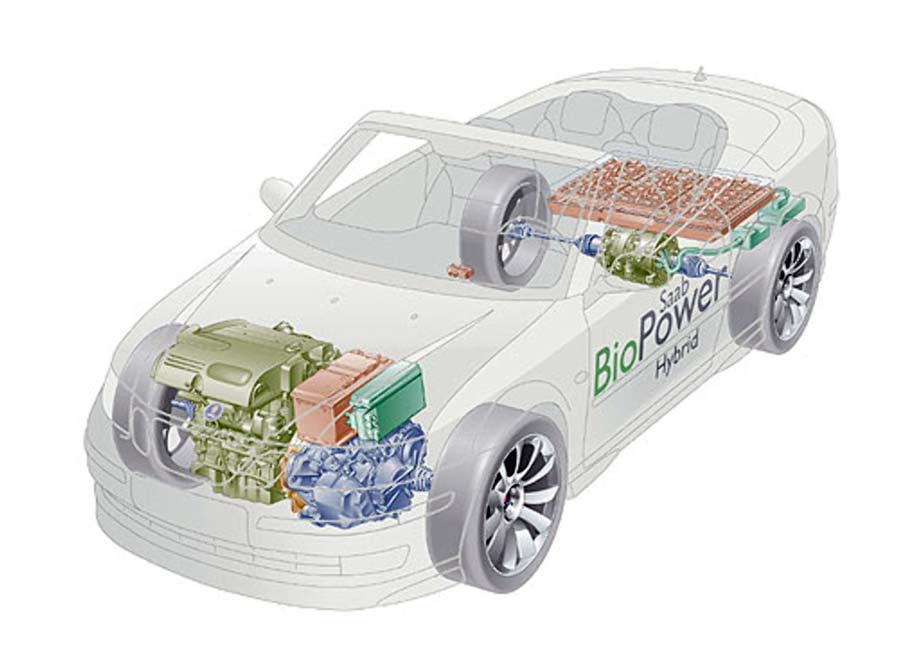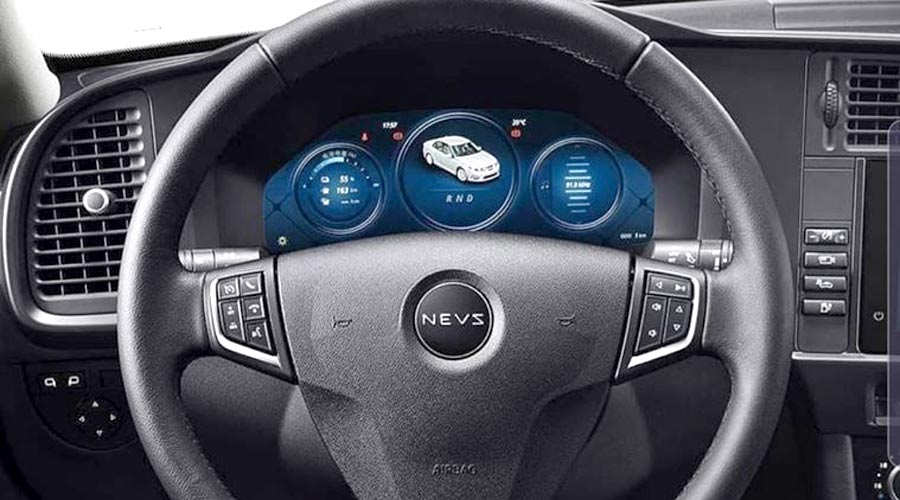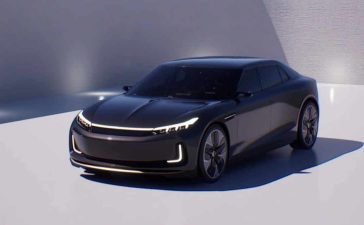It’s over, the European Parliament has made a decision in june this year. Since the end of the 19th century, the Internal combustion engine has marked automotive history, and even the history of mobility and traffic in general. But it’s definitely over now.
Initially scheduled for 2040, Europe has brought forward the end of the commercialization of the Internal combustion engines to 2035. This measure is therefore coming in a very “brutal” way, even premature because 12 years for an industry like the automobile is not enough to finalize such a technical revolution.
Table of Contents
EV as an imposed technical solution
Because this is primarily about imposing a technical solution. The European legislator did not impose the goal of reducing or eliminating environmental pollution. The European legislator imposed a technical standard: electricity as the only permitted drive. This is quite surprising, because acting in this way, Europe eradicates all alternative solutions for oil derivatives, such as biogas. Also, according to this decision, you can forget about superethanol (E85) – one of the solutions that the Saab company itself adopts in its BioPower series of cars. And this is also to the detriment of synthetic fuels for internal combustion engines, the development of which is almost completely completed, and which would make it possible not to search for oil sources.

In the opinion of many experts, all this is a huge loss because biogas, for example, was a reality. A concrete solution that was just waiting for additional development, a drop in prices and widespread use.
Impossible goals
In parallel with the imposition of a technical standard on manufacturers, Europe is setting a target of 1 electric charging terminal for 10 electric vehicles in 2035. A “bogus” target because it does not mention the charging power of the terminal. Imagine that we achieve this objective with a majority of terminals at 22 kW or 50 kW, the road to vacation e.g. promises to be difficult in the years to come. Charging times will be extended beyond what is currently acceptable due to queues and charging times at electric terminals. Plugs that we have already seen last summer on the Ionity terminals where motorists waited between 2 and 4 hours to recharge their car.
Currently, in most European countries, the number of electric terminals for charging car batteries ranges from 15 to 50 vehicles per terminal, so it is almost impossible to achieve the set goal. Also, it is at this level of the number of electric vehicles, and what will happen when in ten years their number increases by a huge percentage. Will this growing number of electric vehicles be able to keep up with the development and increase in the number of electrical terminal networks?
New costs
For vehicle owners, the adoption of this measure promises to be disastrous for their budgets and wallets. Electric cars are now 40% to 45% more expensive than their internal combustion equivalents. State subsidies currently in force in most European countries (which will not be “forever”) are not sufficient to compensate for the additional cost.
The car in general, and the electric car in particular, have once again become a luxury product inaccessible to many. Proof of this is the free fall in new car sales (-35%). Not all drivers across the European Union will be able to afford an electric vehicle.
Electric vehicles and “lower costs”
In addition, apparently cheaper “electric fuel” than gasoline or diesel, is already in some places more expensive than oil derivatives. What is certain is that there will not be enough electricity, and it will be much more expensive. In any case, the electrification of transport will not bring cheaper transport – it may be more ecological (maybe), but it will not be cheaper. Already today, on the highway, charging an electric car can cost more than charging an equivalent car with an internal combustion engine.
Well, electric charging on the highways is more expensive, so you tell yourself that you will charge your batteries at home as often as possible. But it is a bit of a quick forget because at home you will have new costs: you have to install new electrical charging equipment (with a higher capacity to charge the batteries faster) and there is also the cost of electricity which will increase in price. It’s only a matter of time before a price per kW is charged separately for charging your electric car at home.
How will the automotive industry respond to this request?
Some manufacturers are ready for this rapid electrification of their range. Maserati has announced that it will only be electric from 2024. And we have also known for a long time that 100% of the Volvo range will be 100% electric in 2025. But not all are in this case and today the most manufacturers continue to design and market new internat combustion or electrified models (hybrid and plug-in hybrid). Which is completely normal and consistent because the vehicles unveiled today were designed 2 or even 3 years ago.
Leaving only 12 years for the automotive industry to comply with the requirements of this measure, it is to be feared that the production tool will undergo profound and brutal changes that will not remain without consequences for human resources. As we know, assembly lines for electric cars require much less labor than production lines for cars with internal combustion engines.
To this complex situation in perspective, what is called the “Ferrari Amendment” must be added. Put simply, for vehicle manufacturers that produce less than 1,000 units per year, there will be an exemption (the duration of which is currently unknown) that will allow those cars to continue to have internal combustion engines. To put it mildly, this is a perfectly incomprehensible amendment and contrary to the ecological goal!
Clearly, in 2035 everyone must go electric, it will be very expensive for ordinary consumers who will have to make considerable financial efforts to be able to acquire an electric vehicle. But the ecological emergency is at this price and we must save the planet … Except the very rich who can continue to pollute and pollute a max because they have enough money to be able to buy a Ferrari, a Rolls-Royce or a Bugatti.
In conclusion, in the face of a global emergency that affects everyone, we ask the most modest to make an effort and we leave the wealthiest alone.












I just wonder where they will find enough battery raw material for all those electric cars.
A lot of new mines must be found and opened. This means ecological losses even though the usage of the electric cars is carbon dioxide free. EU politicians are blindfolded.
Not only should the ecological damage and pollution caused in the manufacture of batteries be considered, also the environmental costs of disposing them. Also, no one is taking into consideration that every watt of electricity used by an electric car has to be made, the main sources of fuel being coal, gas, hydro and nuclear – all of which have serious neqative effects on the environment, ecology, air quality, etc.
a